AO Edited
Diorama Pit at Big Bone Lick State Historic Site
A life-sized recreation of the megafauna that once roamed this region is a feature at the birthplace of American paleontology.
A big pit in Big Bone Lick State Historic Site near Union, Kentucky, depicts a dramatic scene: Strewn-about bones of mammoths, mastodons, and perished bison, share the rich history—and eventual fate—of the megabeasts that frequented the area tens of thousands of years ago.
The region attracted ancient herbivores to its salt-rich springs. The animals would lick the waters and surrounding muddy terrain to obtain necessary salt that they lacked in their all-plant diet. Local Indigenous people, including the Delaware and Shawnee, used these springs as a source of salt and hunting grounds.
In 1739, French baron Charles de Longueuil came across what he thought to be elephant bones at the site. The “big bones” he found would eventually lead to the park’s name.
Thomas Jefferson, in an attempt to rival the historical significance of the ruins of ancient Europe, became intrigued by the discovery and commissioned explorers Meriwether Lewis and William Clark to collect some bones.
After several failed attempts, finally 300 bones were excavated at Big Bone Lick, unveiling many fascinating new species, from the American mastodon and Harlan’s ground sloth, to the ancient bison, woodland musk ox, giant stag moose, and the complex toothed horse. Because of that discovery, the site became known as the “birthplace of American paleontology.”
For more than 200 years, the belief was that the ancient animals perished by sinking in the soupy terrain and getting stuck. But in 2008, a crew discovered markings on excavated bones that suggest it may have been a Paleoindian hunting and butchering ground. (Though some paleontologists believe that the markings could have been caused by environmental factors, not knives.) That same year, drought conditions led paleontologists and archaeologists to the excavation of roughly 600 bison bones.
Inside the park museum, you can learn more about the millions of years of history and try to grasp the massive scope and size of the area’s famed prehistoric creatures through life-size replicas and excavated bones.
Know Before You Go
The park is about 10 minutes south of Union, Kentucky. Admission is free. Hours vary seasonally. In season (March 15-November 15), the museum is open daily from 9 a.m. to 4 p.m. During the off-season, opening hours are Thursday through Sunday, 10 a.m. to 3 p.m.


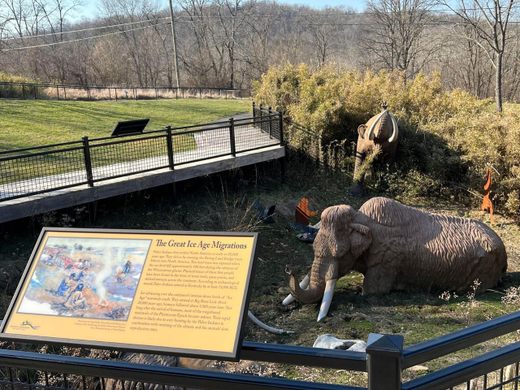
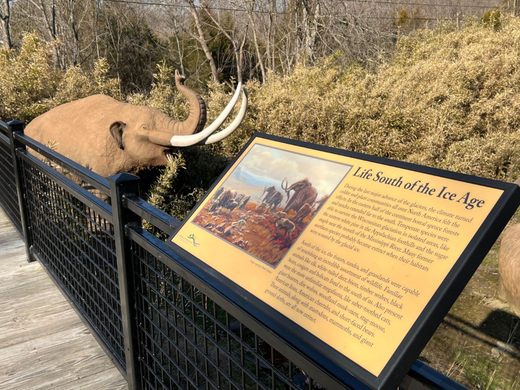
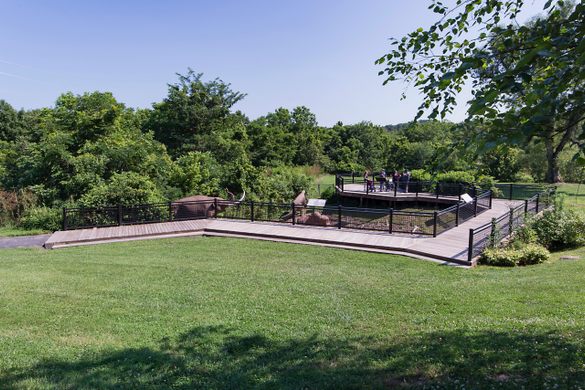
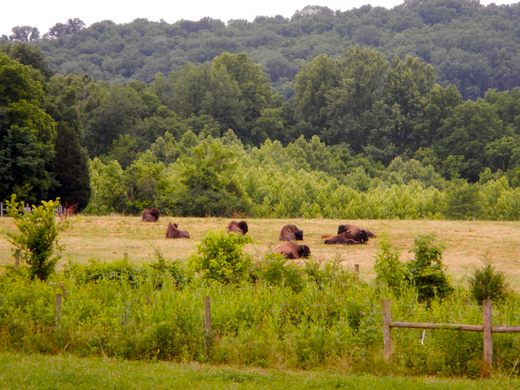


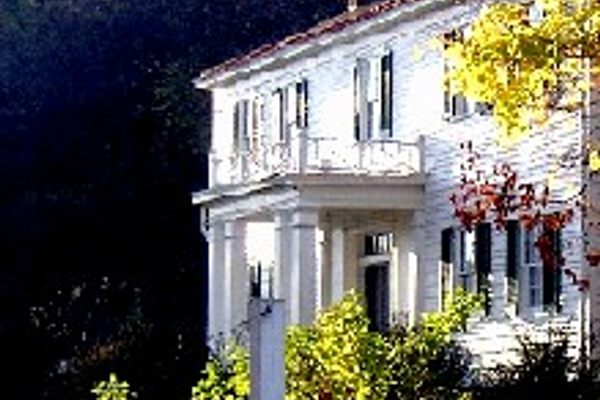

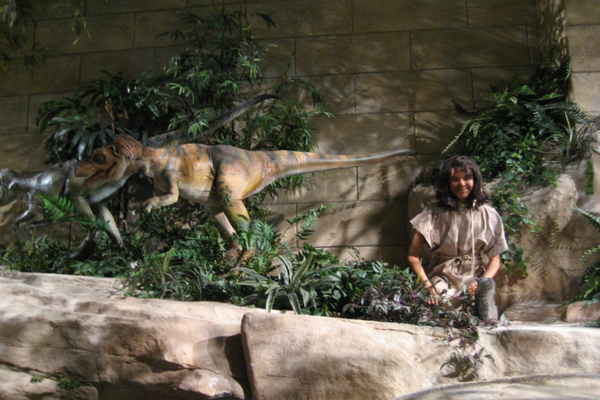
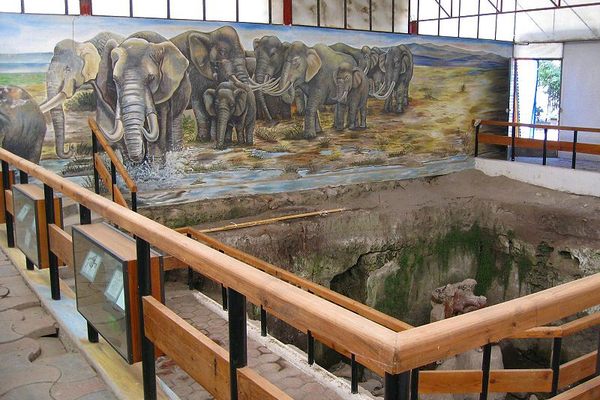
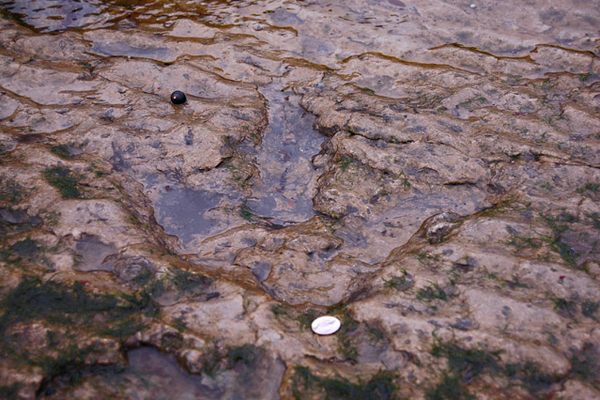
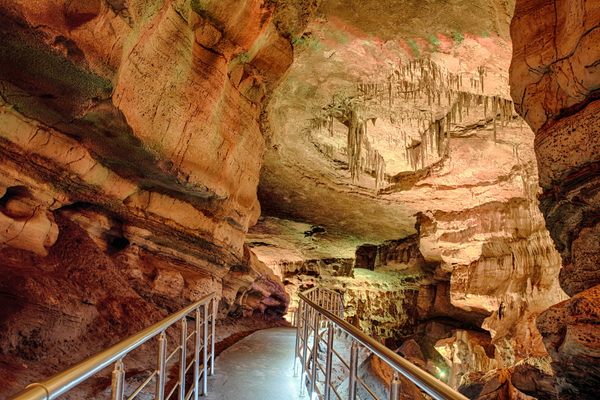


Follow us on Twitter to get the latest on the world's hidden wonders.
Like us on Facebook to get the latest on the world's hidden wonders.
Follow us on Twitter Like us on Facebook